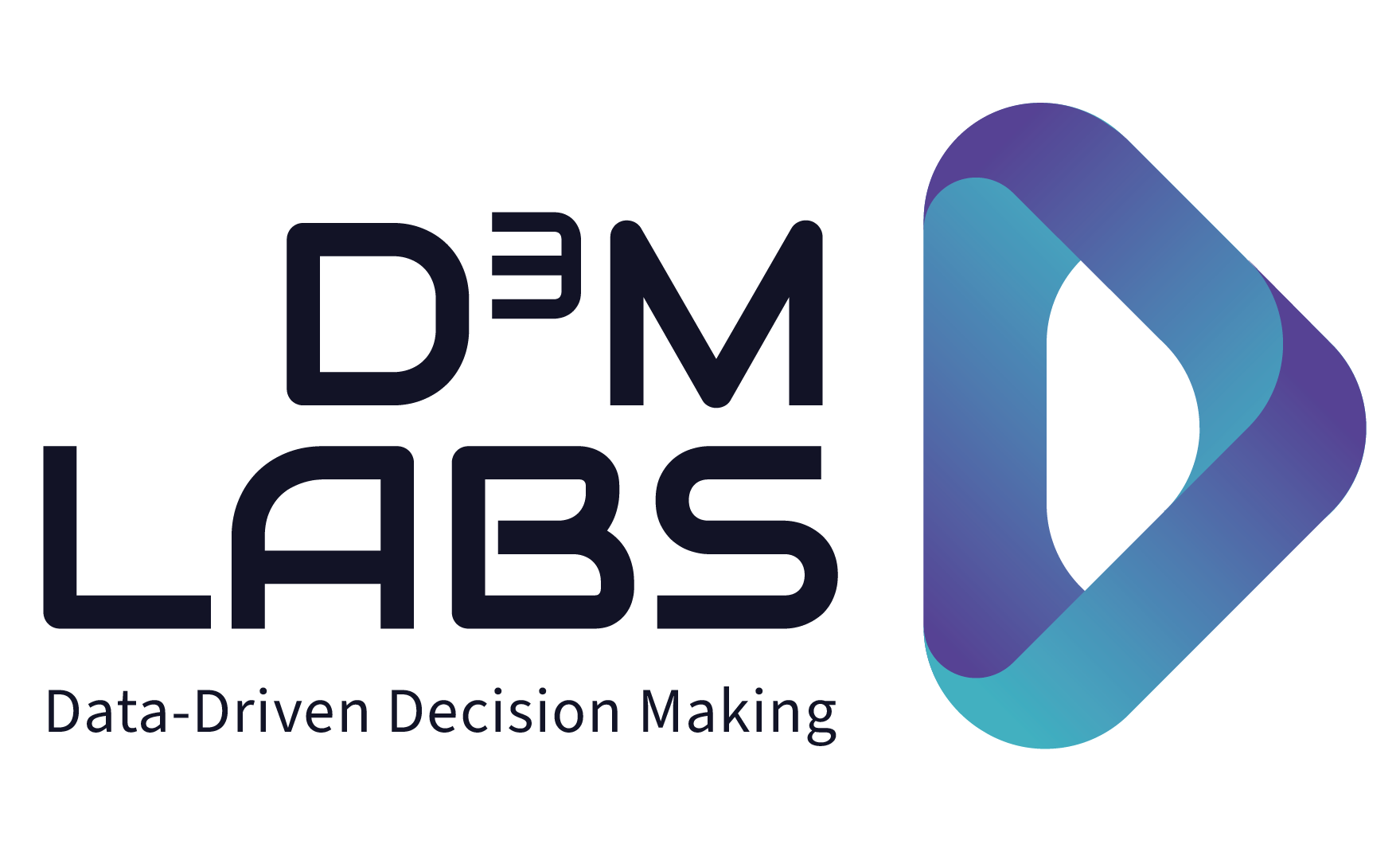Social media monitoring has received a huge amount of attention in the past year following the explosive popularity of social media platforms coupled with the high-profile predictions in the US presidential elections. I have worked with numerous clients who wanted to build social media listening capabilities. This is an overview of what a social media listening project entails.
Any social media project has four stages.
- Define the scope
- Prioritize
- Identify listening channels
- Analyze the data
Define the scope
In this stage it is important to identify the desired end state. Here are some important questions:
Who are the stakeholders and decisions makers and what are the problems they would like to solve?
What would you do you want to be able to do differently based on this insight? The answer to this question will lead you to understand the essential information and insights you need to access to move you towards your goals.
What concrete actions do you want to take based on the insights you plan to gain? Do you want to plan a counter ad campaign, run an influencer marketing campaign or plan a more effective content marketing strategy?
How will the stakeholders and decision makers consumer this insight?
Prioritize
Most organizations have many questions that they would like to answer with insights gained from social listening. Here is where you should explore the nature of social media listening and determine which problems are #1 strategically important #2 able to be substantially answered with social media listening insights.
Social media data is both voluminous and unstructured. A good signal to noise ratio is more difficult to achieve with social media data with other types of data due to its voluminous nature. The unstructured nature of social media data comes from its heterogenous and variable nature and entails many different formats including text, documents, photos and videos.
Analysis of unstructured and voluminous data necessitates significant preliminary work, as insights are harder to attain than with structured data. Hypotheses need to be well-thought out and specific.
Identify listening channels
This where you decide where to listen.
Here are a few types of objects, the data they generate and the insights that could be gained
Websites: One of the main reasons visitors come to your company’s website is to gather information about your company. Data that can be gathered include visitor numbers and patterns, bounce rates, conversion rates and leads. Insights that could be gained are cohort and affinity analysis, customer preferences and marketing effectiveness.
Blogs: A blog usually entails prose, comments and discussions. Blogs can generate keywords, likes, links and comments. Insights that can be generated include keyword trends, sentiment and influence.
Social networks: People use social networks to maintain connections, thought leadership and messages. Data generates include network connections, news, comments, likes, links and keywords. Insights that can be gained from social networks abound, but some insights that can be gain include influence, keyword trends, sentiment, network analysis and competitive analysis.
Data analysis
Analysis has three basic components: Keywords, context and results.
Social media listening is keyword based. Identifying the right key words is important. Boolean logic is used to design queries.
Context surrounding the keywords critical to social media listening. Context includes the account names, profile titles, descriptions, anchor text, links and objects such as blogs and videos.
The results are the forms the answers take: Influence, Sentiment, Engagement, Social acquisition.
The following are examples of the types of insights that social media listening can generate:
Real-time monitoring of current activity
Tracking influence
Sentiment analysis
Root cause analysis
Prediction
Trend discovery

